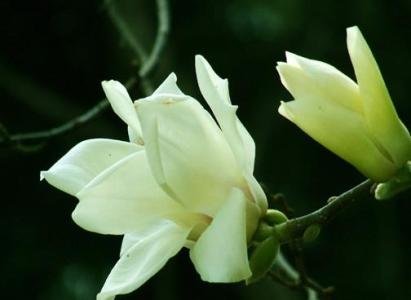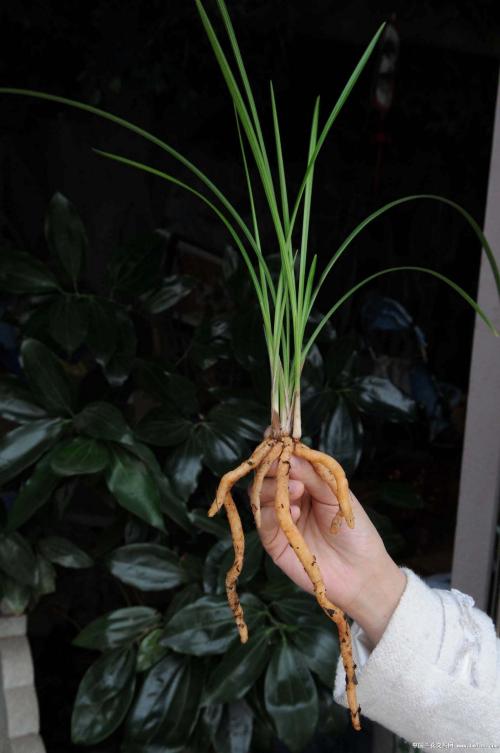How to raise the orchid
Orchid how to raise, orchid as a common domestic plant plant, and ornamental value is very good, loved by the friends of flowers, then how to grow orchids, first of all to understand the growth habits of orchids, such as the requirements of the soil, the needs of light, water principles and so on, the following arrangement

How to raise the orchid
- Requirements for soil preparation
Orchid with soil should be weakly acidic, humus, mainly by leaf soil or forest humus.
In the south, the humus soil, commonly known as orchid mud, is also used in the south, and the soil, vermiculite and perlite can be artificially prepared into loose, ventilated and permeable soil.

A, the classic formula: implants 65% + immortal soil 35%.
It is necessary to soak both of them before breaking off. More than 30 grains can be put on the basin surface, good Kang or 10~30 magic manure to make up for the problem of insufficient nutrition.
B and simple formula: 50% + perlite 50% of humic soil.
The rotten loam soil (or mountain bark soil) is recommended for the broad leaf forest with topsoil under withered branches and leaves, plus the same amount of perlite, and the rotten loam soil is more fluffy and not hardened.
2, the lighting requirements of orchids
Orchid is fond of Yin, and is afraid of direct sunlight, especially not direct sunlight. Orchid shade to Cymbidium Cymbidium is second, and the strongest, and is resistant to weak negative Cymbidium goeringii.
Spring, summer and Autumn: shading is done before 9 a.m. to 6 p.m., and curtain is drawn after morning and afternoon 6, so that it can receive scattered sunlight.
Winter: move it to the visible light scattered inside the room, but also avoid direct sunlight.
3, the principle of watering the orchid
The orchid is moist and humid, and avoid dry. The number of watering should be determined according to species, growth and local climate.
Winter: 1-2 times a week.
The orchid is in a dormancy state with low temperature. Water should be controlled. Generally, it can be poured 1 times a week, but the blooming of Cymbidium can be watered 2- times a week.
Spring and Autumn: water 2-3 times a week.
Watering orchid should be moist and dry, but the temperature is not high in spring and autumn, and evaporation is not enough in the two season. It can be poured water 1 times every 2~3 days.
Summer: water 1-2 times a day.
In summer, the temperature is high and the growth period of orchids is vigorous. The average time is 1 to 2 times per day. When watering, we should pay attention to prevent splashing of water on the leaves, so as to avoid black spots and affect the ornamental effect.
During the period of orchid growth, water should be sprinkled on the leaves, and water should be sprinkled on the ground around the flowerpot in summer to increase the humidity of the air and promote the growth and development of orchids.
4, fertilizer requirements for orchids
The orchid is a fertilizer in soil culture into the basal fertilizer two is the growth period of fertilizer. Use liquid fertilizer or fertilizer foliar fertilizer, the concentration should be higher than other flowers pale. Orchids should be replaced with soil once a year. During the growth period, the top dressing should be applied less, and timely attention should be paid.
Growing season: catch up with 15% of the thin cake and fat water that is fully decomposed, or 0.1% urea fertilizer water plus 0.2% potassium dihydrogen phosphate fertilizer, 1 times every 15~20 days.
Before flowering to flowering stage, 2~3 times O.2% of potassium dihydrogen phosphate or grass ash water was sprayed on the leaves to promote the development of roots, stems and flowers.
Special note: the Department of orchid fleshy roots, can not be applied without compost fertilizer, so as not to rot.
5, the temperature requirement of orchid
The optimum temperature is 16~24 degrees C.
The northern potted orchid should be moved into the indoor area when the temperature drops to 5 degrees before and after frost Festival. Keep the room temperature about 10 degrees Celsius in winter is appropriate, Guyu after moving to outdoor maintenance.
Generally speaking, indoor temperature in winter is generally low. It is suitable for 10~12 days in the daytime and 5~10 degrees in the night, and the temperature and humidity should not be too high. The temperature in summer is not more than 30 degrees centigrade.
6, prevention and control of disease and insect in Orchid
A, insect pest
Orchid is the main pest control scale insects and aphids.
The scale insects, the naked eye can see, you can catch insects by hand or tweezers.
The aphids are relatively small. Generally, the aphids are used to treat aphids, and 500 times the water of soap powder can be used as an insecticide. After spraying 12 hours after spraying, a fresh water is sprayed again. Sprinkler for 5 days.
B, root rot
The orchid likes dry and dry soil, so too wet soil can cause the root anoxia, the oxygen breathing becomes anaerobic respiration, and the oxygen breathing becomes anaerobic respiration, produces a large amount of alcohol, causes the root to fester, and prevents the root disease by constantly turning the soil, ensuring the amount of air in the soil, water cannot be too large, and a small amount is the most for many times.